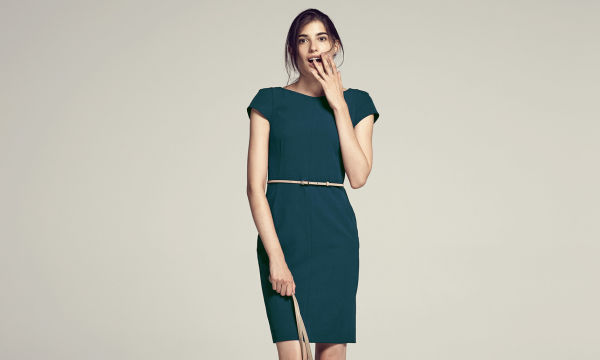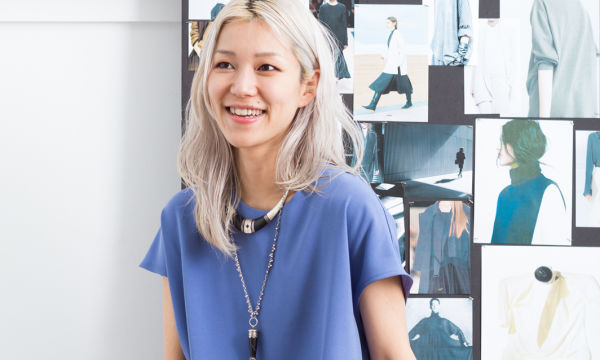How I Learned to Dress for Work (and Still Feel Like Myself)
March 06, 2016
When you graduate from college and enter the “real world,” the learning curve can be steep. You have to get a job, find a place to live, and weather the psychological transition from confident college senior to fledgling professional. It’s not always acknowledged, but one of the trickiest parts of this transition is to learn how to dress for work, while still retaining your personal style.
It’s not always an easy balance to strike. Go too casual, and you could commit a number of rookie mistakes; but go too corporate, and you’ll end up feeling like a robot.
We recently sat down with Kathleen Thokar, who started her career at MM.LaFleur. A few months after graduation, she joined as a fulfillment team member (packing boxes, schlepping dresses, getting to know the UPS guys really well) and worked her way to becoming a Customer Logistics Associate. Below, Kathleen explains how she went from feeling like a student to presenting herself like a pro.
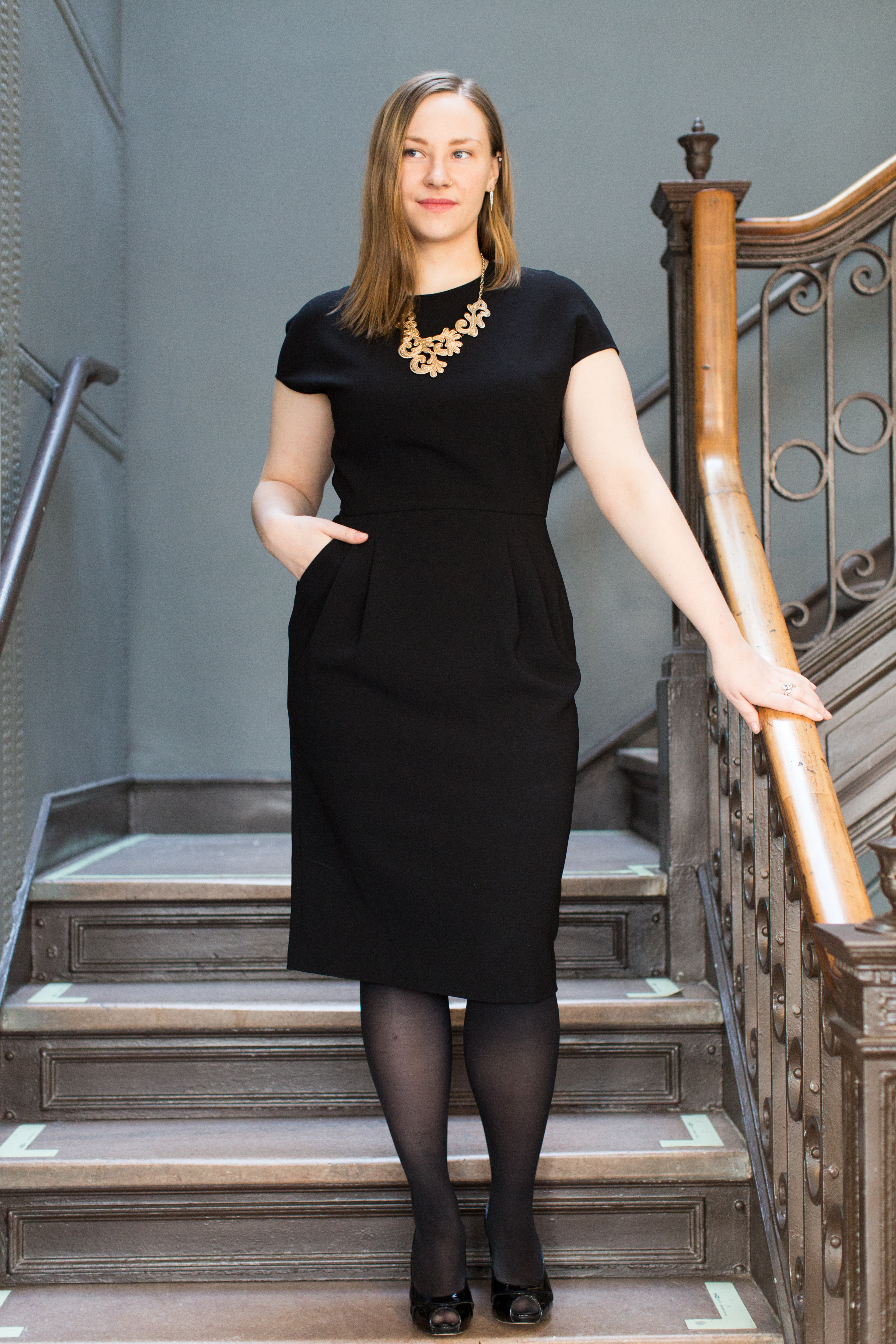
Nailing it in the Masha.
When you landed your job at MM after college, how did you go about dressing for work?
In college, everything I wore was casual. I was always in class and running around campus, so I was in jeans and a hoodie a lot of the time. When I got the job at MM, I wanted to look professional, but I had a sense that officewear was supposed to be boring. On my first day in the MM office, I wore these really ill-fitting black slacks that didn’t sit right, but they were what I thought of as “office-appropriate” at the time. I paired them with a button-up shirt that was two different colors, and nothing matched. I was trying really hard, but it was falling very flat.
How did you get up to speed, sartorially speaking?
Everyone at MM seemed so effortlessly professional, but I had no idea how to do that! So I just started paying attention to how they put outfits together, and I started to absorb the vibe of the culture. It was really fun seeing how Miyako wore MM in this unexpected, layered way. Or I’d watch how Rachel and Hanna styled themselves for our pop-up events. I remember thinking, “They’re wearing MM but they look like themselves. How do I translate that for me?”
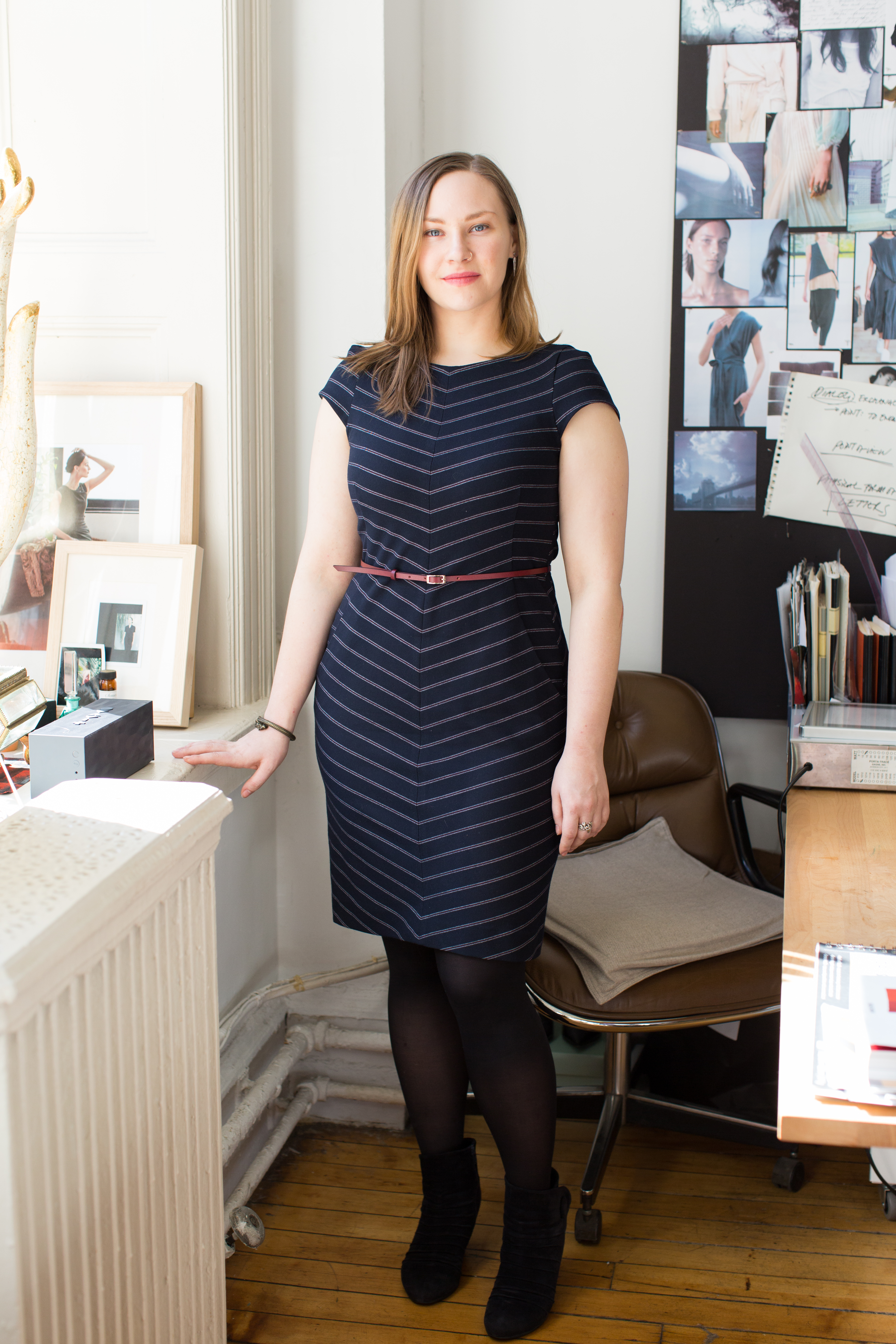
“I actually feel like the striped Nisa improves my posture. Can a dress do that?”
What were some of the lessons you learned?
I started wearing more dresses and fewer button-up shirts. I used to think, “Oh, a nice crisp button-up. That’s office-appropriate, right?” But I learned they’re not good for my silhouette. I’m busty, so they always gaped, and then my bra would show. I feel much more comfortable in a tailored dress like the striped Nisa. It’s so soft and the silhouette is flattering for my shape. I love the little power sleeves—they make me want to sit up straighter. And it’s crazy to me that it’s machine-washable, because it feels so luxurious.
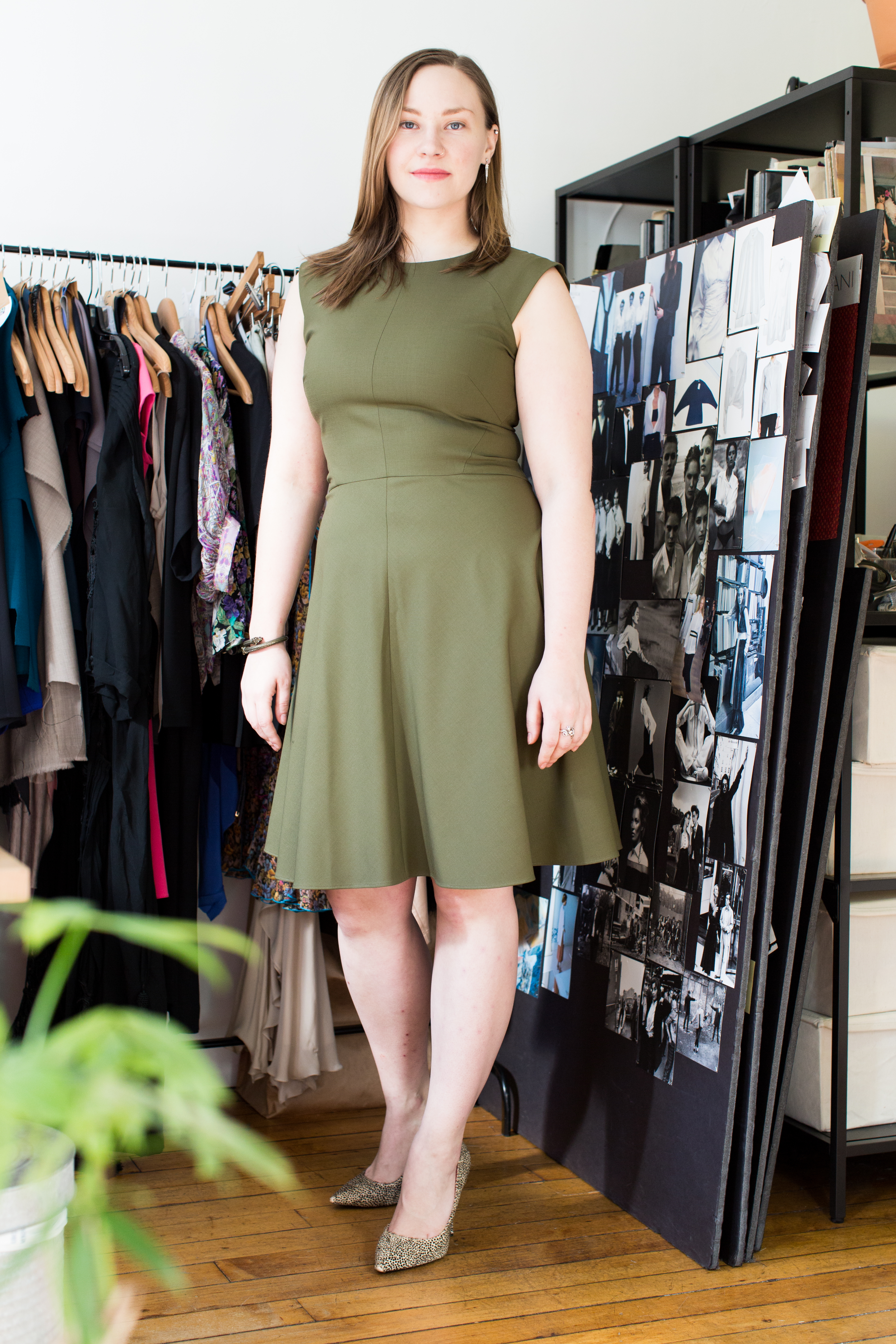
“I love the Toi in deep sage. It’s a soft green, so it’s warm and neutral without being too bright or abrasive. I’d wear this dress year-round.”
What are features you’ve learned to look for when you buy workwear now?
Length is a big thing. I knew that if I wanted to look like a professional and not a college student, I needed to find dresses that were long enough so they wouldn’t hike up when I sat down. And then I wanted to find pieces that flattered my body type. A-lines tend to work well on me, which is why I love the Toi. It’s the first MM dress I ever bought. It’s feminine and pretty, but it’s also a dress you can wear to the office and never feel self-conscious in. I like that it’s covered up top, but has a fun, swishy skirt. It was the first dress that made me think, “Yes, this is how I want to look at work—effortlessly put-together.”
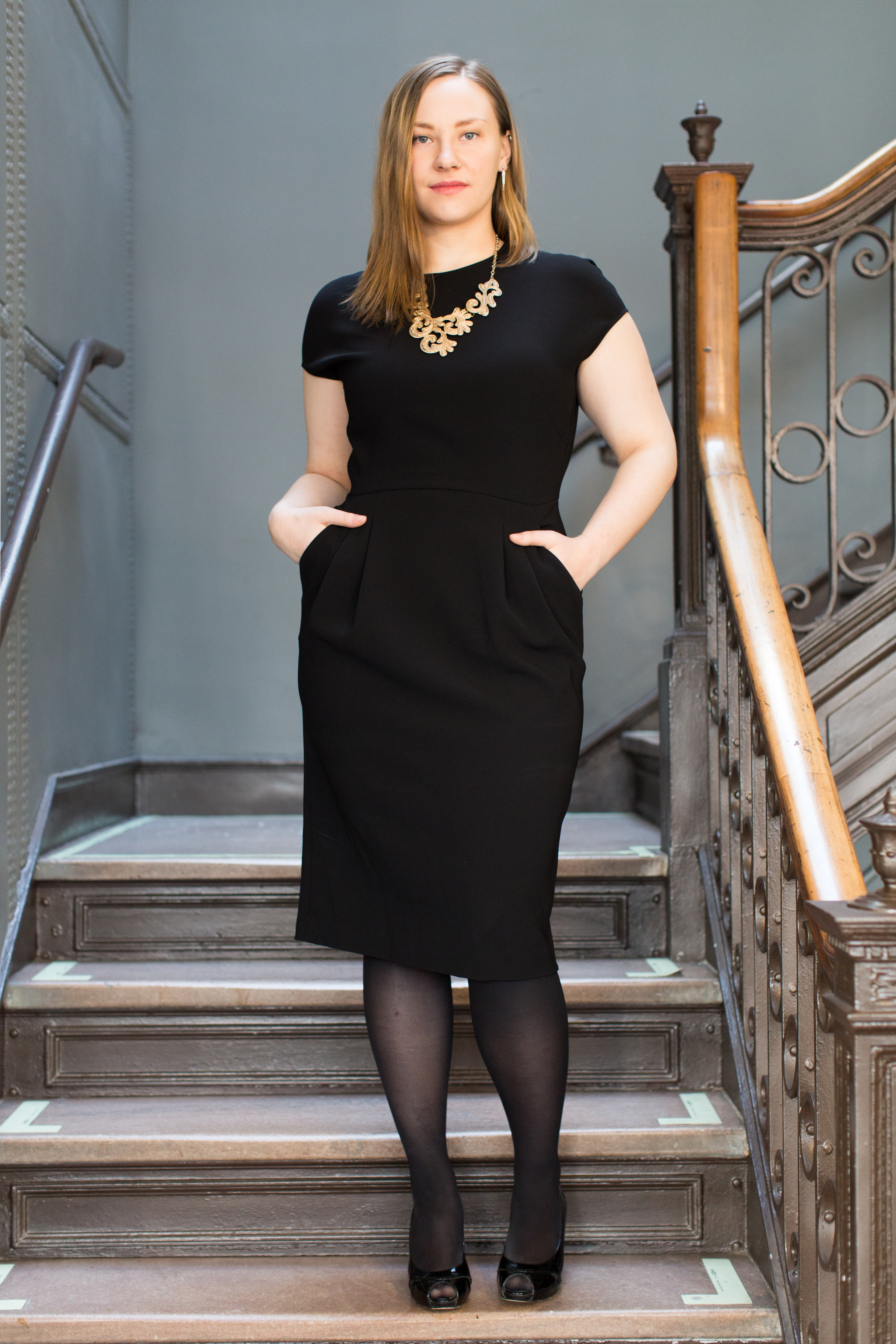
“I feel like I can take on the world in this dress.”
What have you learned about wardrobe-building?
When I shop for work, I don’t just shop. I think of it as building a uniform and investing in good pieces that will last. The Masha is a great example. I feel like I can take on the world in this dress—it’s simple, elegant, flattering, comfortable. I like that the skirt is long, and the way it tucks in at the waist. I’d wear this on a day when I had important meetings at MM headquarters. When I think about myself right out of college and how I aspired to look—effortlessly cool and put-together—this dress accomplishes that.

“This dress really nails effortless casualness, while still being office-appropriate.”
What do you wear on more casual days?
The Courtney dress is great for days when I’m running around. I love that the pinstripes mimic traditional officewear, but with a funky twist that you wouldn’t expect. It’s perfect for days when I’m working in our warehouse because it’s loose and flowy and I can move around in it really easily. I’m constantly running up and down floors, running to the racks trying to find dresses, sitting at my computer, and running to the printer 20 times a day, so the Courtney is very easy to wear when you need to be active.
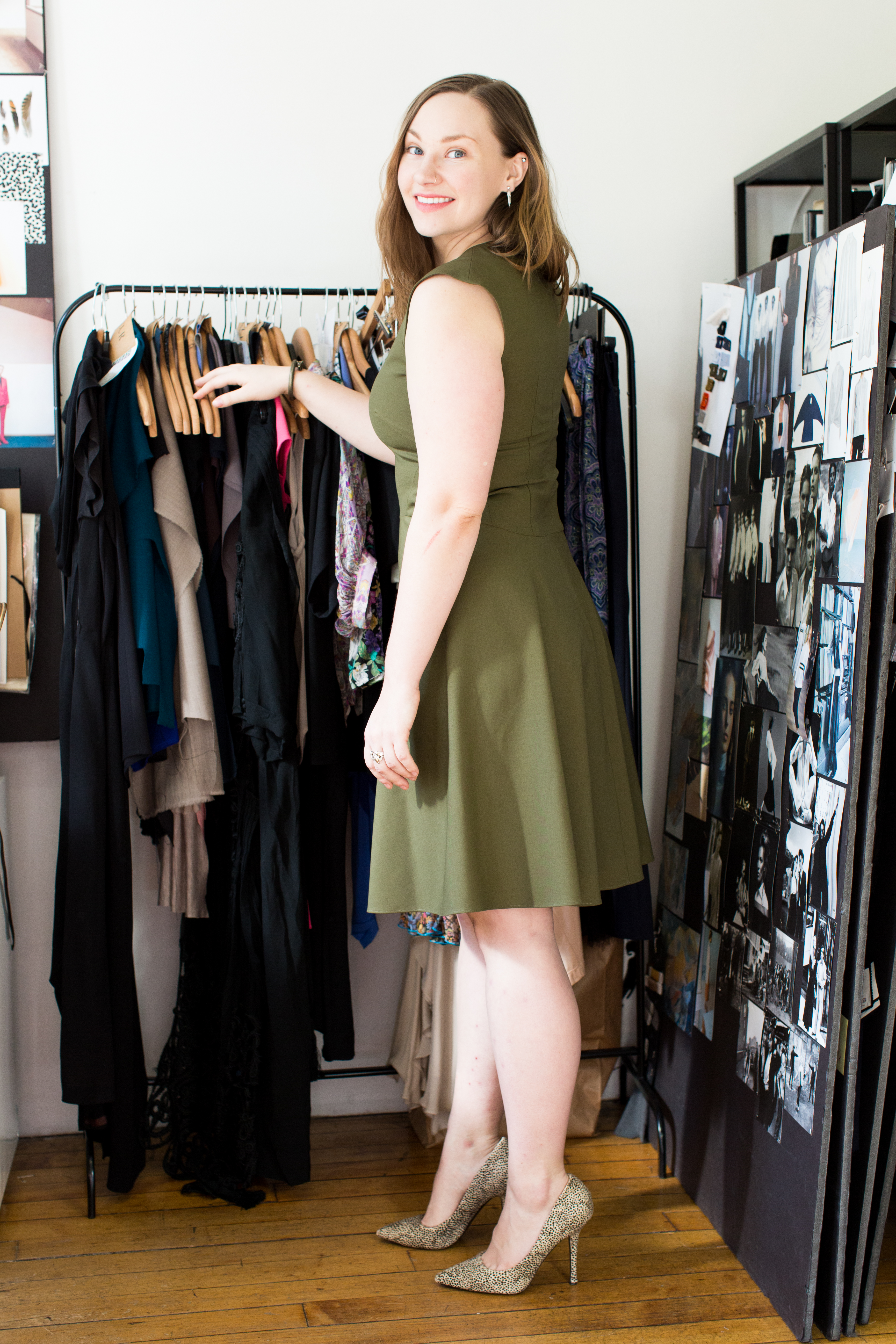
“The Toi is my go-to. I wear it to work, to drinks, to the Met on weekends. And I wore it to my birthday dinner.”
What’s one trick you’ve learned that makes dressing for work easier?
Planning out my outfits ahead of time. At the beginning of the week, I look through my closet and ask myself: Okay, what’s clean? What’s the weather going to be like this week? And based on that, I make a general plan for what I’ll wear for the next five days.
What advice would you give to those who are just graduating and building their work wardrobes for the first time?
You don’t have to lose your individual sense of style when you’re trying to achieve professionalism. Your daily uniform—it helps to think of it like a uniform—should reflect who you are, but still be in line with your office culture. I like to start with an MM dress, and then mix in funky jewelry or a colorful scarf. I’ll wear a nice black dress and heels, but then wear a ring with a dragon on it. You can do that! And if you’re comfortable and you feel like yourself, you’ll achieve more throughout the day.
Want more styling tips for building a professional wardrobe? Check out Wear to Work, our style guide for the professional woman.
Photos by Frances F. Denny






